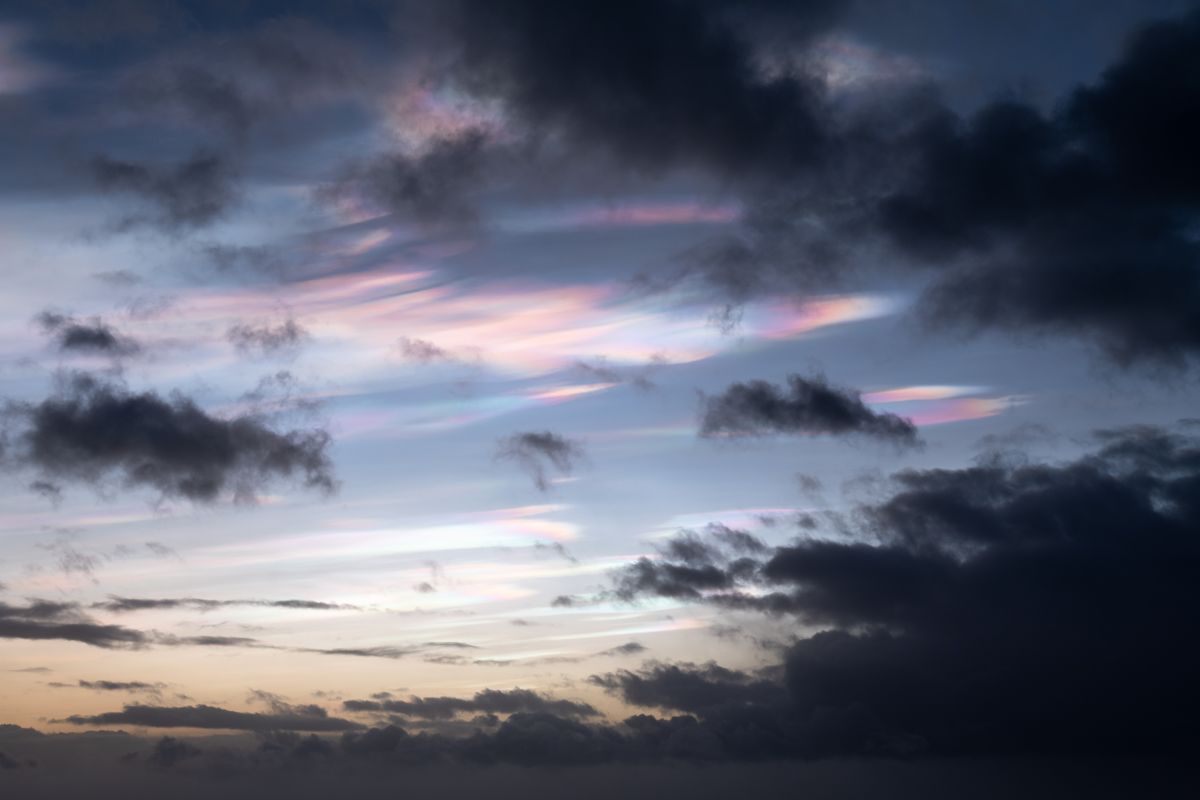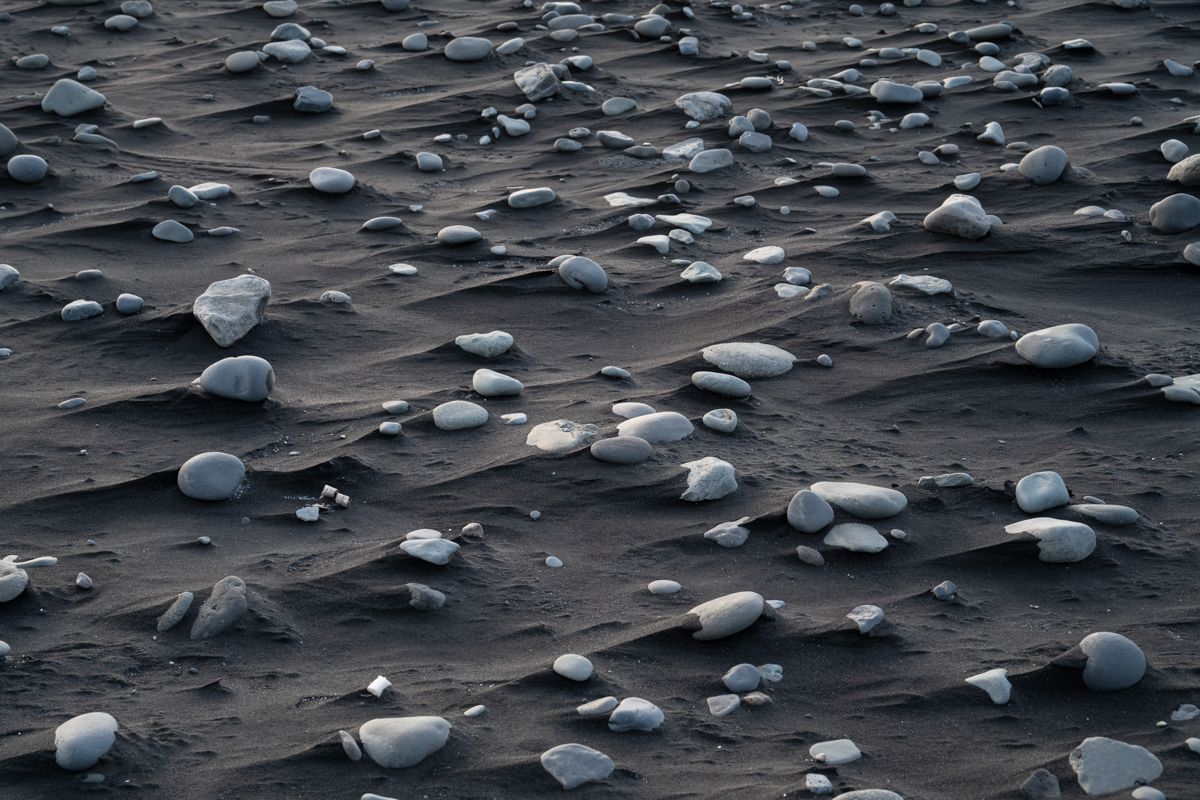Stories - Episode 1 - Unexpected
This story starts with me waking up by the alarm on my phone, one morning in Iceland. It's February, so the sunrise is at a very pleasant and photo-friendly time. I try to get ready quickly, but still quietly. My wife continues to sleep. She is available for everything, hiking in the dark in the desert to see the Milky Way, staying out in the cold when I'm still taking pictures, etc. - just getting up in the morning...it won't work. However, I don't start without having a coffee. With my filter coffee, the kettle and my cup I hide in the bathroom. Now that I've had my coffee, I'm ready to hit the road. I grab my backpack, my tripod, my jacket...have I thought of everything? Hat, car keys, yes - I have everything. I close the hotel room door behind me and make my way to the car.
It's cold outside. The car is frozen. The blue Dacia Duster is easy to see among the other Dusters. Most Dusters are white. In general, it seems that a very large part of the Dacia Duster production is registered as a rental cars in Iceland. I load my things into the vehicle, start the engine, grab the ice scraper and start removing the ice from the windows. When I'm done, my fingers are bright red from the cold. I drive off and make my way to the glacial lagoon Jökulsárlón. The journey takes about 20 minutes. Twilight has already begun, even if sunrise time has not yet come. I don't have a specific plan for this morning. I'll just drive to the glacier lagoon and see what happens. It's relatively clear by Icelandic standards even when completely overcast. On the way to Jökulsárlón you can constantly see the huge glacier tongues of the mighty Vatnajökull. Finally, I turn right into the parking lot and look for a parking bay. Not an easy decision, the parking lot is completely empty. The vehicle comes to a standstill, I turn off the engine. I already know from the day before that there is no ice on either the sea shore or the lagoon shore. The lagoon has been frozen for weeks and is holding the ice tight.
First, I observe the situation from the warm car. The light and the sky are not doing anything exciting at the moment. After a few minutes the sky begins to break up a bit towards the open sea. I decide, it's time to get out of the car. I get out and go to the back door. The cold wind hits me directly. The first moment when leaving the warm car is always particularly bad. I quickly put on the complete winter package; scarf, hat, gloves, jacket. I grab the backpack and the tripod and walk towards the beach. It's not particularly windy, probably normal for the south coast of Iceland. At home, most would very likely describe it as stormy. The waves of the unrestrained Atlantic hit the beach with tremendous force. The background noise is insane. The sea presses against the beach inexorably. At the same time, the glacier flushes water continuously through the narrow opening under the bridge into the Atlantic. In the border area of the currents, changing whirlpools are formed again and again. I watch the spectacle for a while when I finally see that the sky over the sea is opening up more and more. In the gaps in the sky, many small pink-reddish shimmering clouds can be seen.
I'm happy to see the colorful dots in the sky...after a few seconds I realize; these are not normal clouds. They are polar stratospheric clouds!
This type of cloud is an extremely rare natural phenomenon and is seen much more rarely than the northern lights. For me they are the first polar stratospheric clouds.
Polar stratospheric clouds, or nacreous / mother-of-pearl clouds, occur, as the name suggests, in the stratosphere at altitudes of 22 to 29 km. These clouds can only form at temperatures below -78 °C and can therefore only be seen in the polar regions. At these altitudes, the proportion of water vapor is too low to allow conventional clouds to form. Polar stratospheric clouds consist of crystals of sulfuric or nitric acid. In rare cases, an ice mantle can still form around these substances. According to the pictures from the Internet, that seems to have been the case here.

I unpack my camera and try a wide-angle shot. The only block of ice on the beach in the foreground and the stratospheric clouds in the background. I quickly dismiss this idea. I had previously inspected the block of ice and decided it was not photogenic. It has probably been here for a very long time and is almost completely covered by black sand. Half already buried. I put the long lens on the camera and start taking some pictures. The stratospheric clouds are constantly changing and yet seem to be stationary. Before them, dark, very flat clouds are moving through the scene. The sight and scenery changes very quickly. For a while I just enjoy the sight. No idea how much time passes, seconds, minutes or half an hour?
Suddenly someone stands next to me and starts talking out of nowhere. I always find it amusing how other people often want to be close to other people. No matter how empty a place is, people always seem to want to be close to others. This seems to be especially true for photographers. Everyone surely knows the phenomenon; you photograph anything, no matter what and no matter what device you use to take the picture. Out of nowhere there are suddenly others who are interested in the same thing and are take pictures of it.
As it turns out, the young man is from Lithuania and works as a guide here in Iceland; Glacier cave tours. He's also apparently quite excited about the rare sight in the sky. He asks me if I could film him with his cell phone. He runs once to the shore and back, certainly a reel that got lost somewhere in the masses of meta servers today. He says goodbye and goes to the tour operator's buses. The parking lot has filled quite a bit. The buses appear to be day tour buses departing from Reykjavík. They must have left in the middle of the night to be here for sunrise. Some occupy the only iceberg lying on the beach.
The clouds have now completely cleared and the spectacle in the sky is over. I fold up my tripod and decide to stow the camera in my backpack in the car.
Halfway to the car I stop again and turn around. Then I notice how the stones on the beach, together with the sand, have created very special structures. The strong winds on the coast have created small dunes in the lee of the stones. The chaotically lying stones suddenly look as if they were placed in very specific places - very evenly. In addition, the scene is illuminated by a very flat and still soft light. I am trying to find a section that is particularly worth seeing. In retrospect, the first attempt was the best - as often is the case.
In the car I stow everything back in the backpack. I take off the entire winter package again. Before I start the engine, I think briefly about what I experienced,
"That was unexpected",
I thought to myself and made my way back to the hotel. And it was just the morning of an eventful day in
Iceland.



